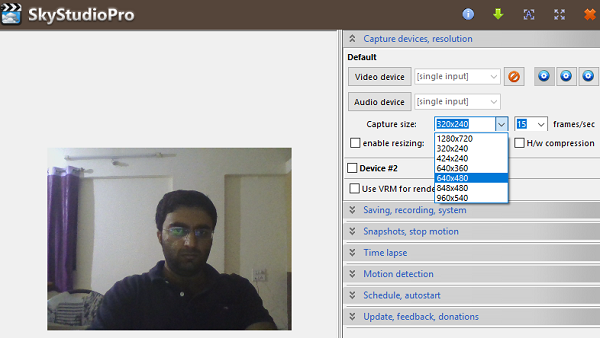
Here’s a hypothetical team schedule - including a one-hour lunch break - built around this core time.Īs you can see, all seven team members start and end at different times, but they’re all present between 10 a.m. and not later than 9 p.m.), your core time might be 10 a.m. How Flextime Works: An Exampleįor example, if you used the flextime limits listed above (not earlier than 5 a.m. It’s during this span of time that meetings and collaboration occur between employees working different flexible schedules. Core time is set hours when all employees must be present. That’s why flextime usually incorporates core time.

But if they work together as part of a team, you could run into some problems. This is fine if employees work autonomously. With the above example, an employee could begin work at 5 a.m., work eight hours, and finish at 1 p.m. If you implement flextime in your business, you might set the following restrictions on when your employees can work: It’s those “agreed-upon limits” that make flextime unique as a work scheduling practice. What Is Flextime?įlextime is a flexible schedule in which workers can alter workday start and finish times.Įmployees are still required to work a set number of hours per day (e.g., eight) or per week (e.g., 40), but they are allowed to choose when - within agreed-upon limits - they will clock in and when they will clock out.

How, exactly, can flextime improve your business? In this article, the productivity experts at Sling show you all the benefits of this unique work schedule. That’s why increasingly more managers are offering flextime instead of the strict 9-to-5 workday. And, as many employers are discovering, it’s essential for their productivity as well. Work/life balance is vital for your employees’ health, happiness, and well-being.


 0 kommentar(er)
0 kommentar(er)
